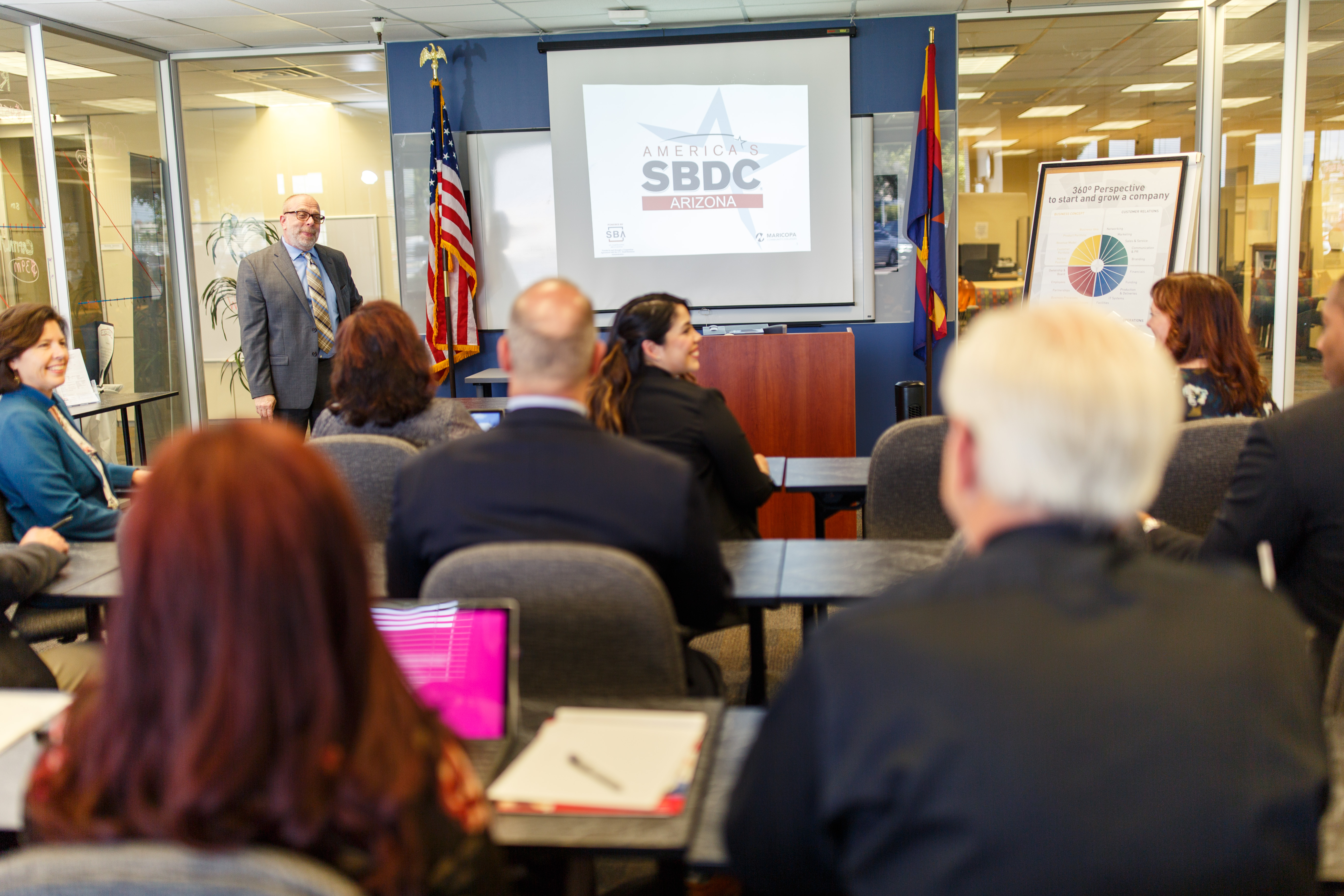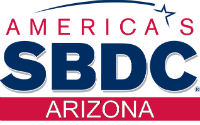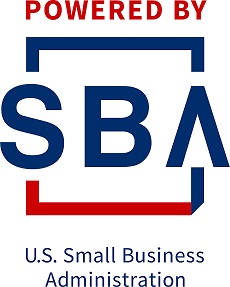The balance sheet is a snapshot of your company’s financials at a given time, usually on an exact date. This date may be at the end of a month, end of a quarter or end of the financial year as you define it, say, December 31, 2016. Therefore, the financial position of your company is illustrated in a net worth statement on the given date.
To understand the financial health of your company, business managers and owners need to understand the two most important financial reports. They are:
• Balance Sheet
• Profit and Loss Statement
The word ‘balance’ means equilibrium and that happens to be the idea behind the balance sheet. There are 2 parts in a balance sheet. The first part is assets and the second part is subdivided into 2 parts: liabilities and equities. So the whole concept is very simple. The total value of assets must be equal to the sum of liabilities and shareholders funds at a fixed point in time.
Understanding the Balance Sheet
Assets
The following are “Assets” on the balance sheet:
• Stocks (also called inventories)
• Cash
• Fixed assets (like property, machinery and other equipment)
• Motor vehicles
• Money owed to the company (also called Account Receivables or Debtors)
• Intangibles (like goodwill, trademarks, licenses, patents and copyrights)
An asset is something valuable, controlled by your business and it doesn’t matter who owns it. So whatever is valuable it is an asset on the balance sheet. The financial ownership is not relevant here. For example, the company may have purchased a vehicle for business purposes on an installment basis. The bank may still be the owner, but the car is an asset for the company.
Liabilities
In order to make money or to create an asset, you need to spend money. In other words, you have to incur a liability. Expenses are typically seen as negative however there is nothing negative for a company to have a liability. It becomes negative only if spending is more than earnings. So if the company owes anything to others, they will need to meet those obligations arising from past transactions. These obligations are called liabilities.
Liabilities can be:
• Accounts payable
• Salaries
• Interest and taxes (paid soon, within a year)
• Long-term debts (such as mortgages, which may become due after a minimum of one year from the date of balance sheet)
Equity
Equity (or shareholders funds) referred to as:
• Book Value of a company defined as Equity=Assets-Liabilities
• Net Worth for the same reason
• Stockholders Equity in case of a corporate body (initial investment+retained earnings)
• Owners Equity in the case of a Sole Proprietorship
Shareholders put money into the company. This is called equity, such as issued capital, share premium, and reserves. There are 3 components of shareholders equity, namely common stock, preferred stock and retained earnings. These components provide funds for the business to flourish.
Example of a Balance Sheet
December 31, 2016
Assets
Current Assets
Cash $200,200
Account Receivables 150,000
Inventories 225,000
Total Current Assets 575,200
Property and Machinery 1,255,000
Intangible Assets 937,800
Total Assets $2, 768,000
Liabilities
Current Liabilities
Accounts Payable $190,000
Taxes 137,300
Other Current Liabilities 330,000
Total Current Liabilities 657,300
Long Term Debt 578,200
Other Liabilities 1 66,500
Total Liabilities 1,402,000
Shareholders Equity 1,366,000
Total Liabilities and equity $2, 768,000
Conclusion
A combination of shareholders’ funds and total liabilities create a company’s assets. Therefore, if you take away what you owe to others (liabilities) from the possessions that you have (assets) then we are left with the owners’ funds. Owners can take the remaining funds as a percentage, also called dividends. Or we can use them again to expand our business. As a result, the Balance Sheet gives an idea of what the company owns and what it owes. It is best used in conjunction with the Profit & Loss account and the cash flow statement to have a better understanding of the financial position of a company.
About the Author: Jamie Seeker
Jamie Seeker is the owner of Seeker Solution, LLC; an operations consulting business founded in 2015. She has spent years of her life working at one business at a time, using her talents to improve business operations at non-profits, large franchises, charities, retail, industrial and locally owned private businesses covering multiple industries. Over those years, she has learned so much about the needs and obstacles that organizations face and knows that she can make a bigger impact and reach a larger scale by taking her experience a step further. Prior to her current business venture, Jamie worked as the Practice Manager; a practice that has been providing services for women’s health since 1984. In her role, she was responsible for leading and motivating her team of clinical and non-clinical professionals to deliver outstanding clinical care. She relied on her belief in the core values of the practice to ensure that the entire staff team delivered outstanding clinical care with particular attention to respect for individuals, quality of service, continual pursuit of excellence and a commitment to integrity. To also illustrate who Jamie is, her love for her community and passion for outreach must be highlighted. Jamie spent 10 years in the non-profit service industry working in various leadership roles such as operations, fiscal management, human resource management, customer service, community relations, sales, and marketing. She is a cause-driven leader and has been heavily involved in her community with organizations such as the YMCA, Arizona in ACTION, Tin Man Awards, Gals of the West and Palm Valley Church. Jamie is originally from San Diego, California and received all of her formal education there. She graduated from the University of San Diego in 2001, where she received her Bachelor of Business Administration degree with an emphasis in Marketing and Minor in Philosophy. She is currently based in Arizona with her husband and five children.




